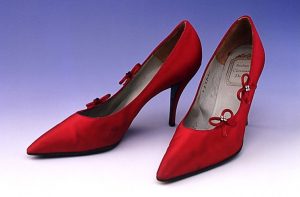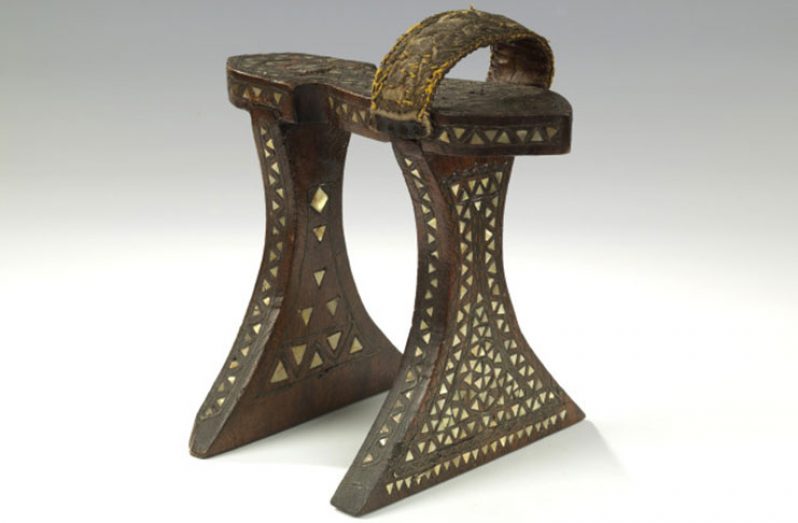IT was Marilyn Monroe who said: “I don’t know who invented the high heel, but women owe him a lot.”
High heels have been the source of much pleasure and pain for women through the centuries, and though they can be “killers” for a woman’s busy feet, many cannot deny that heels make them feel sexy.
The history of high heels is actually quite interesting, and according to an article in The New York Post, they weren’t really invented. Instead, they are an apparatus that has evolved over time, thanks to Venetian prostitutes, British queens and French designers.
Here’s a brief history of how high heels became synonymous with feminine sexuality over the years:
CHOPINES, circa 1400s
Women’s platform shoes, or chopines, are thought to have originated with prostitutes in Venice. The shoes, which reached heights of up to 18 inches, raised a woman above her rivals and gave her a sensuous gait for prospective clients.
Eventually, they became popular among the aristocracy, both in Italy and the Ottoman Empire. They indicated that you were so wealthy you didn’t need to work, or really walk.
THE FIRST HEELS, circa 1590
The origin of high heels is debatable. Some think they evolved from chopines; others say they originated in the Near East from male equestrian footwear meant to straddle the stirrup. Either way, the first documented wearer of European high heels is Queen Elizabeth I.
VIVE LA DIFFÉRENCE! Circa 1660
Men’s and women’s shoe styles were roughly the same until about 1660. After that point, men’s shoes tended to be more practical, while women’s shoes became more ornate, with silks, brocades, braids and velvet.
THE RED HEEL, circa 1670
It was King Louis XIV of France who started many fashion trends, from red heels to soles. From his early 20s until he was at least 63 years old, Louis XIV had his heels covered in red Morocco leather, or painted that colour.
THE POMPADOUR, circa 1750
The French, or Pompadour heel, was named after Madame de Pompadour, mistress to King Louis XV. The narrow, curved heels were notoriously difficult to walk in, but nevertheless made for a fantastic boudoir shoe.
GOING FLAT, circa 1840S
Perhaps spurred by revolutions in America and France and the rejection of royalty, the heel on women’s footwear became lower and lower at the beginning of the 19th Century, until it disappeared altogether. Popular styles were square-toed slippers with ribbon ties, forerunners of the ballet slipper.
RETURN OF THE HEEL, circa 1850
After the slipper fad died out, heels started to creep back up, to ½-inch in 1851, and 2½ inches by 1860.
Brass-heel pieces began to appear in the later half of the 19th Century, which supported even higher heels. It was during this period that the “classic women’s court shoe”, what Americans would call the “pump”, emerged.
THE STILETTO, circa 1953
Christian Dior brought back French shoe style after WWII, lifting the heels on court shoes and making them more ornate.
Shoe designer Roger Vivier, who worked for Dior, took credit for inventing the stiletto heel, using plastic innovations to create a slender heel of incredible strength, which he called “The Needle”.
The shoes helped create the modern sex symbol, as Marilyn Monroe was said to shave a quarter-inch off one of her stilettos so that she could walk with a wiggle.





.jpg)








